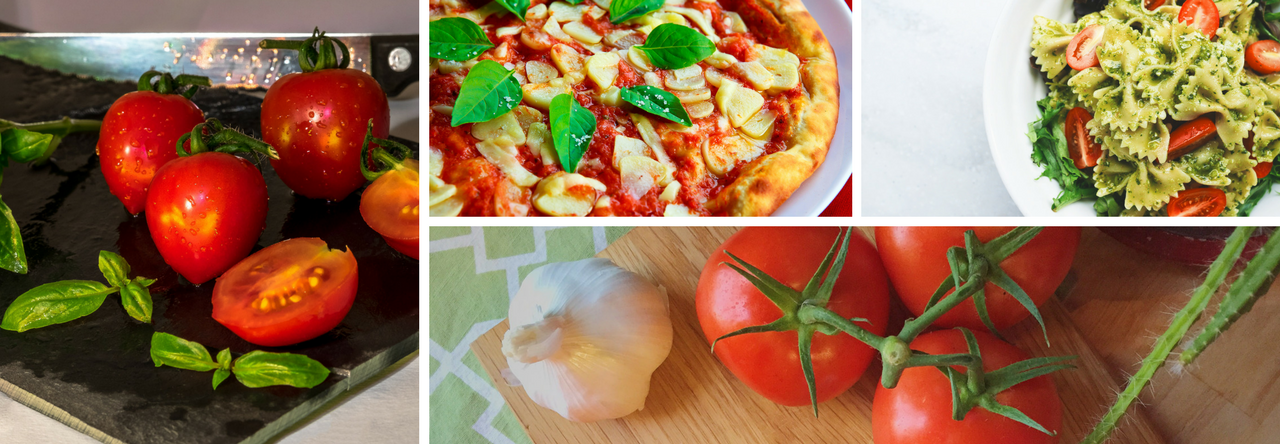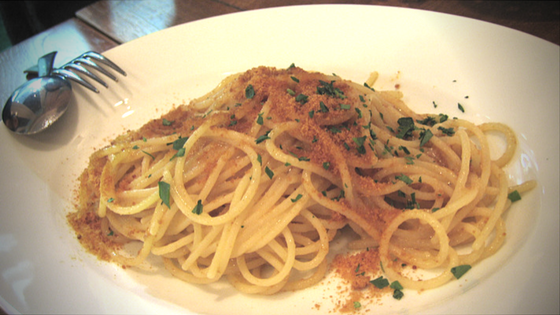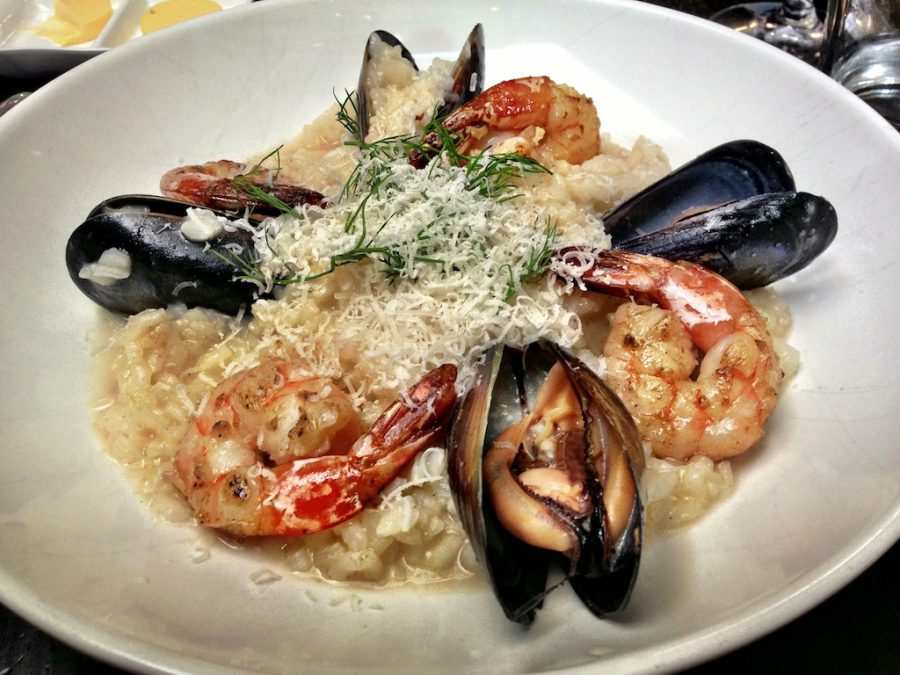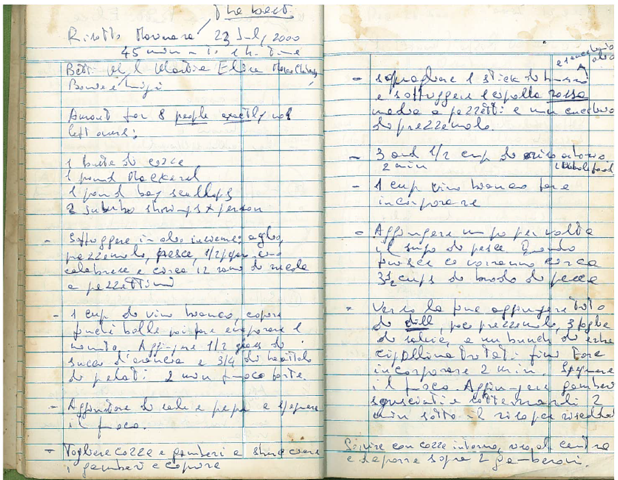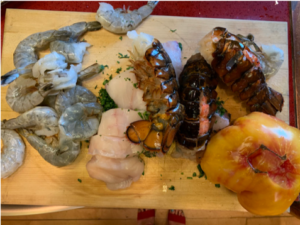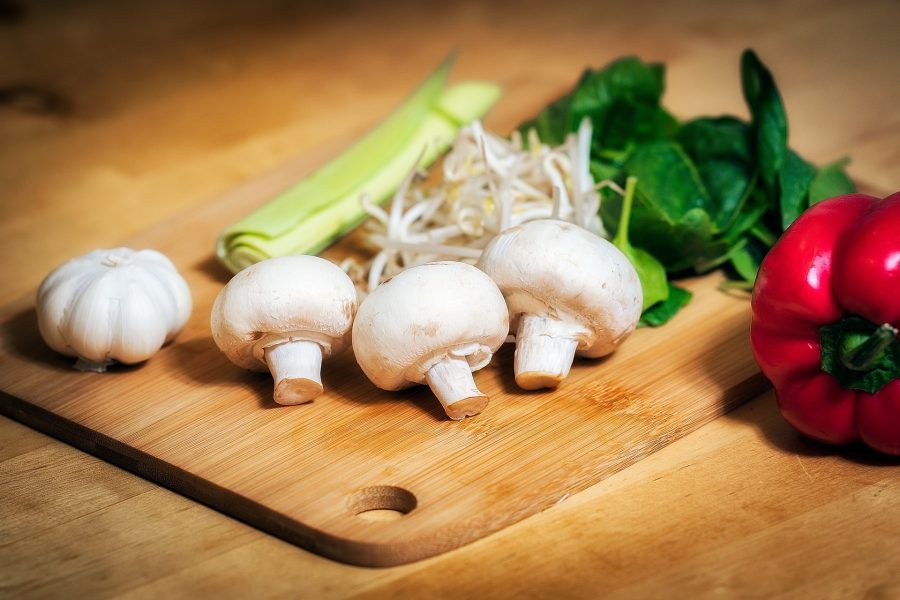This is a simple dish to make and delicious, but some people don’t like it because “it tastes too much of fish!”
Bottarga is the dried, salted, pressed roe of various fish, mostly being the gray mullet and yellow fin tuna (also sold under the name of Amberjack and Hamachi, which to be precise [since fish names are often not precise] is the tuna type that is known as “Ricciola” in Italian). I have used the bottarga of gray mullet and various tuna. In my opinion, the bottarga of Ricciola is the best, but it is very difficult, and almost impossible to find in America. If you can find a source and send it to me, I’ll be very grateful!
The recipe uses the same “original base” that I use to cook the spaghetti cacio e pepe and those with ricotta cheese: I mean, for those simple recipes (such as Pecorino or ricotta, or in this case bottarga), you want to leave the ingredients the chance to shine in their natural flavors.
Ingredients
- 1 box of spaghetti or fettuccine or linguine
- ½ cup of extra-virgin olive oil
- 2 cloves of garlic, crushed
- A handful of chopped fresh Italian parsley, plus 2 TB set aside to be used at the end of the recipe
- 1 spicy Calabrian or Hawaiian, or Thai pepper (optional—use it if you like a little bit of a “kick” to your pasta)
- Salt and freshly ground black pepper, to taste
- About 100 grams of bottarga. Keep the bottarga in the freezer until the last minute.
Preparation
- Start by boiling the water for the pasta and when it bois add spaghetti or fettucine or linguine.
- Finely chop a bunch of Italian parsley.
- Get out a pasta bowl and warm it up (I run hot water into it, then pour out the water before adding the pasta, or use the microoven).
- All the ingredients are mixed into the bowl at the end of this recipe and you will need to move quickly.
- In a large skillet, gently sauté a couple of cloves of crushed garlic in about ½ a cup of extra-virgin olive oil. Remove the garlic cloves as soon as they take on color.
- Turn off the heat, add half of the handful of chopped fresh Italian parsley (about two TB) and 1 or 2 minced peppers to the pan. (Remember to reserve about 2 more TB of parsley just prior to serving).
- A soon as the spaghetti tastes ready (al dente), reserve about 1 cup of the hot water from the pasta pan before pouring the pasta into a colander.
- Moving quickly, pour the pasta from the colander directly into the skillet (which should still be hot, but the fire is off). Gently mix the pasta with the oil and other ingredients in the pan. Add a little bit of the water that you reserved from the pasta pot (about ½ cup) and continue to mix. It should be a smooth mixture, not too “wet” but not too “dry,” either.
- Transfer to the warm pasta bowl.
- Add the remaining 2 TB of chopped parsley and gently mix.
- ” Grate –or shave- the bottarga directly into the spaghetti (the bottagrga, of course, you keep in the freezer until the last moment. Use a microplane or vegetable peeler to great/shave the bottarga).
- How much bottarga? Everyone has different tastes. I like a lot of it, but some people find it too fishy! So grate enough to suit your own taste. I’d suggest 200 grams for 1 box of pasta.
- Serve immediately.
- Buon appetito!
PS: I suggest you bring the bottarga to the table and allow guests to shave additional bottarga on their plates at will.
Buon appetito!
Suggested Wine Pairing
A fresh Rosé is a wonderful pairing; or use a cold, dry white wine like a Gavi.
Italiano: Spaghetti con la Bottarga
Piatto semplicissimo da fare, buonissimo, ma a alcuni non piace perché “sa troppo di pesce”!
Ci sono due tipi di Bottarga, almeno che io sappia, una di cefalo (muggine) e l’altra di Ricciola o altro tipo di tonno. Quella di Ricciola secondo me è la migliore, ma trovarla, almeno in America, è molto difficile, quasi impossibile visto che non l’ho mai trovata-se la trovate e me la spedite ve ne sarò molto grato!!!
La ricetta, semplicissima usa la stessa “base iniziale” che uso per cucinare gli spaghetti cacio e pepe e quelli con la ricotta, cioè per quelle ricette semplici dove vuoi lasciare al Pecorino (per il cacio e pepe), ricotta, e in questo caso alla bottarga la possibilità di farsi apprezzare nella loro naturalezza. Finita la filosofia procedere come di seguito:
- 500 g di spaghetti o fettucine linguine. Bollite l’acqua e calate la pasta.
- Soffriggere 2 spicchi d’aglio schiacciati in circa 120 ml olio d’oliva (½ cup). Toglierli APPENA prendono colore, SPEGNERE il fuoco e aggiungere un mezzo pugno di prezzemolo tritato (circa 2 cucchiaie) e un pepperoncino calabrese piccante tritato (o di più se vi piace mangiare piccante).
- Riempite di acqua calda una zuppiera, cioè dove metterete la pasta per servirla a tavola, e fatela intiepidire. Quando la pasta è al dente, dovete muovervi rapidamente!
- Prendere circa una tazza di acqua dalla pasta che sta bollendo appena prima di scolarla.
- Scolare la pasta e mischiarla nella padella con l’olio e aggiungere un po’ dell’acqua che avevate preso, circa ½ tazza, cioè quanto basta perché sia vellutata, né secca, né liquida. Aggiungere un altro po di prezzemolo tritato, (2 cucchiai). Mischiare e trasferire in un piatto di portata, che avete precedentemente intiepidito riempendola di acqua calda e poi asciugandola.
- SUBITO, grattare (microplane) or shave (vegetable peeler) RAPIDAMENTE sopra gli spaghetti la bottarga che naturalmente terrete nel freezer fino all’ultimo momento. Quanta bottarga? I gusti so gusti. A me piace tanta bottarga, ma alcuni storceranno il naso dicendo che sa troppo di pesce! Perciò fate a gusto vostro. Io uso circa 100 g. (suggerisco di portare la bottarga a tavola e grattarne altra sopra il vostro piatto a piacimento).

